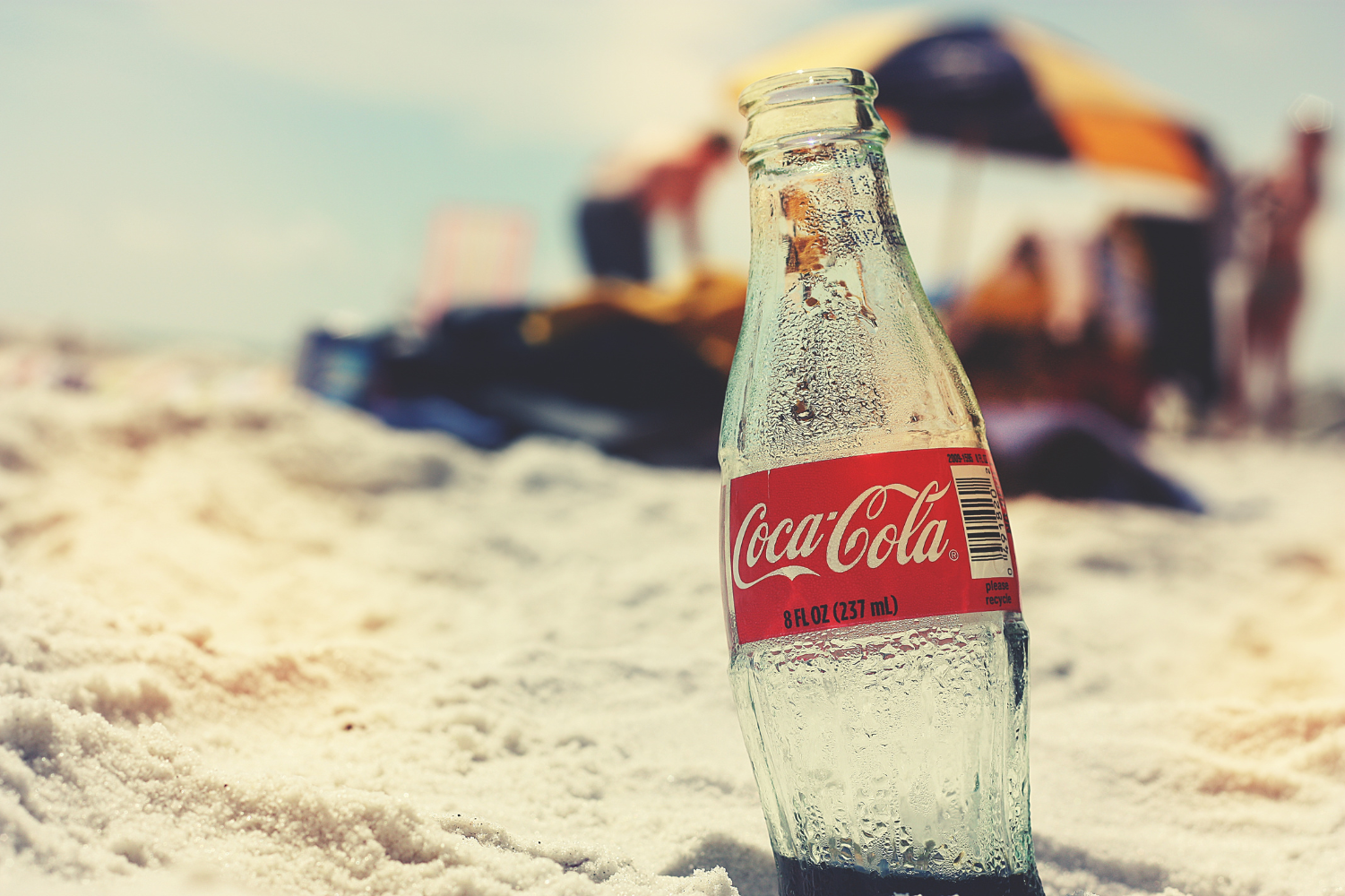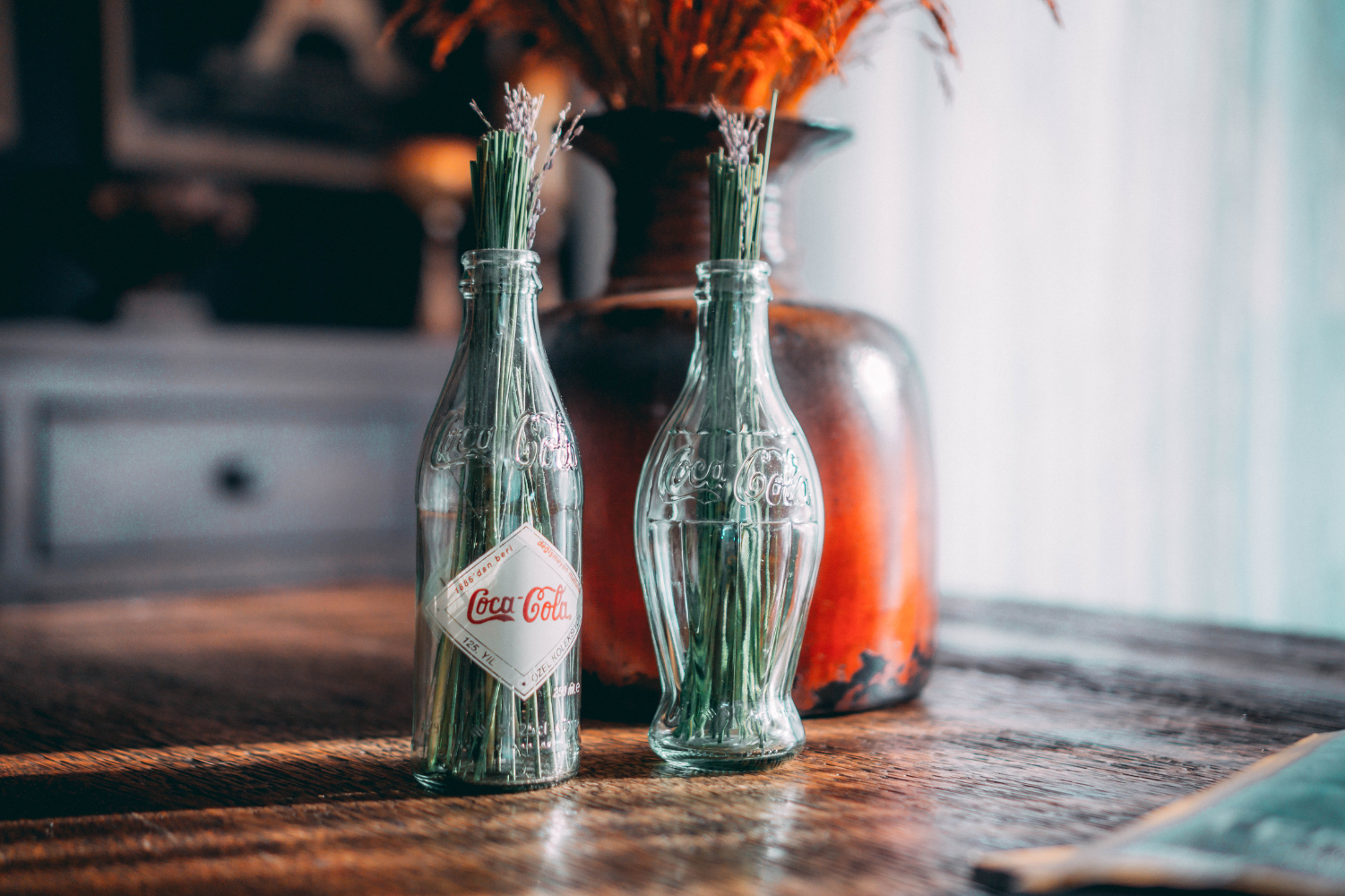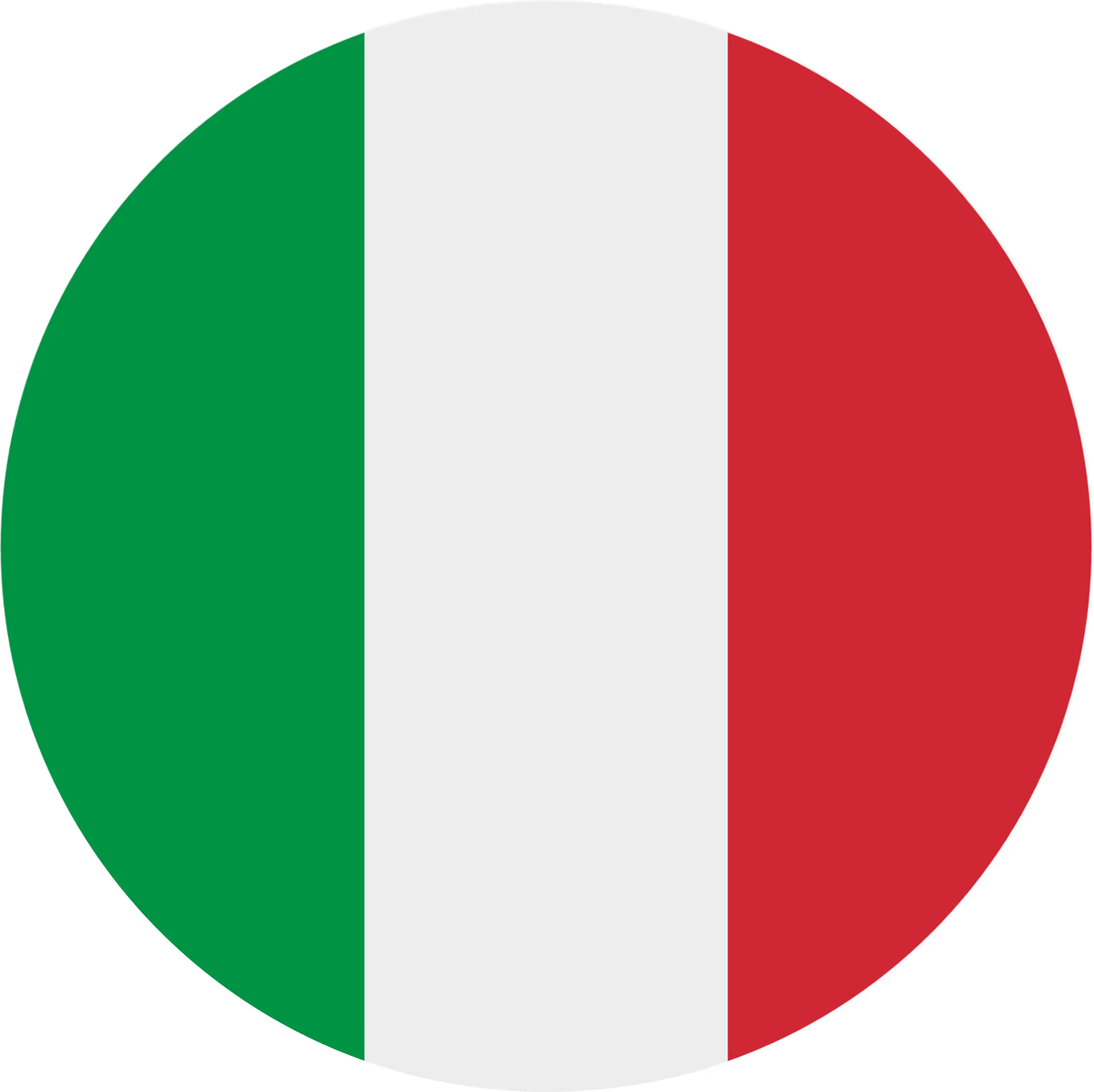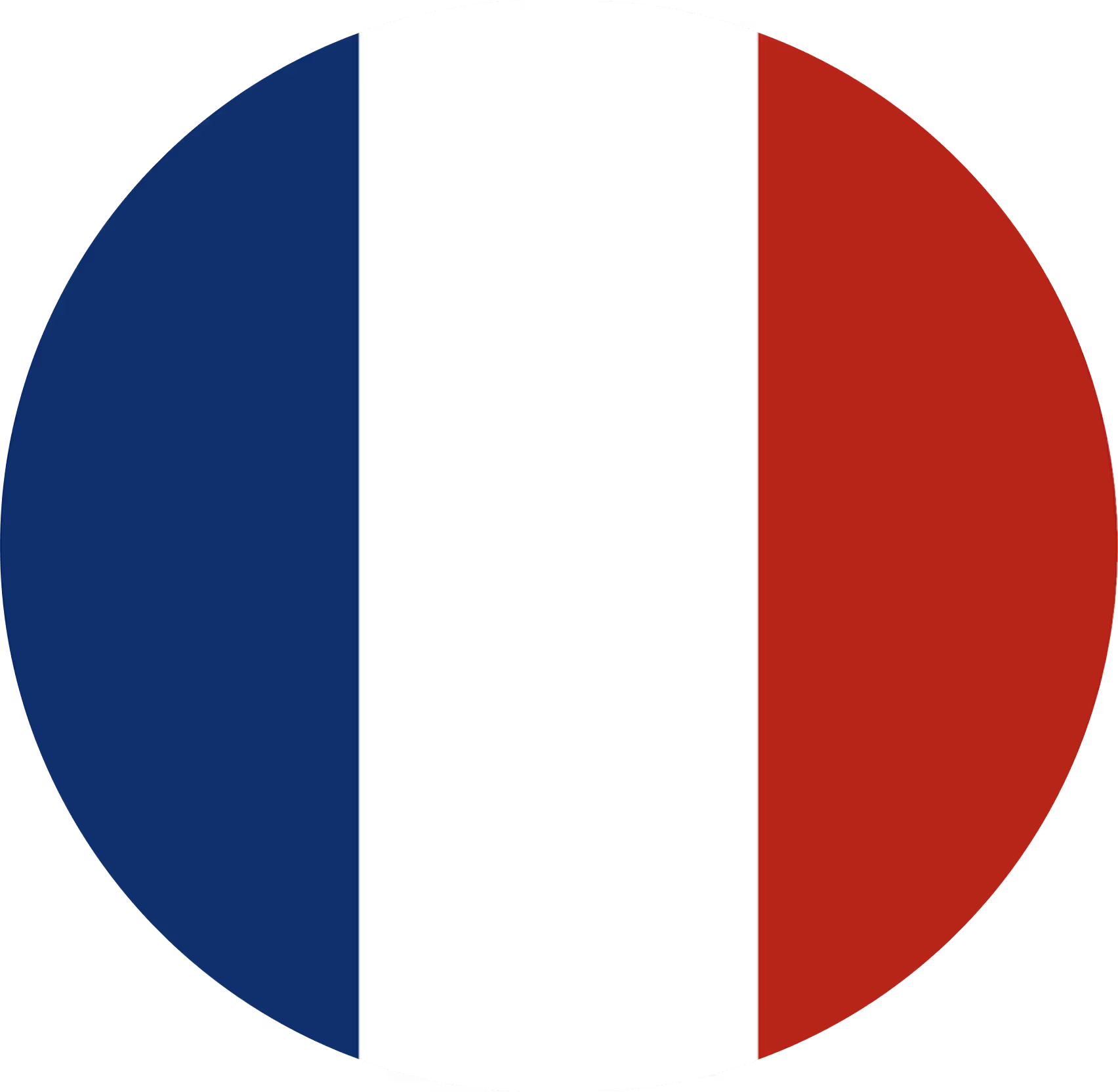Coca-Cola bottle: The icon born from data


You've seen it everywhere. That curvy Coca-Cola bottle. It's in our hands at concerts, on our tables at restaurants, in movies and in advertisements. It's a common sight, but behind its simple form lies a fascinating story. It's not just a drink, it's a piece of design that's embedded itself into our daily life.
From local convenience stores to international dining chains, the Coca-Cola bottle is universal. It's an interesting blend of design innovation and branding consistency that has navigated the test of time, forging a strong identity for itself. But there's more to it. It tells us about global business, the nuances of the on-trade/HoReCa sector, and how understanding these elements can bring valuable insights. Shall we dive in?
Access Outlet Census Live - free European HoReCa big data for sales, marketing, business analytics and more
The evolution of the Coca-Cola bottle
Our tale begins in 1915. The Coca-Cola Company, dealing with a wave of copycat beverages, issued a unique challenge. They sought a bottle "so distinctive that it could be recognized by touch alone and so unique that it could be identified when shattered on the ground." Quite the ambitious aspiration, but one which would define a brand for over a century.
The Root Glass Company of Terre Haute, Indiana, accepted the gauntlet. A team led by Earl R. Dean delved into an intense brainstorming session. Their muse? Ironically, not the beverage's ingredients, but an incorrect assumption. The cocoa pod, with no connection to Coca-Cola's secret recipe, provided the blueprint for their revolutionary design. Dean's final product, a curvaceous glass bottle with a distinct waist, captivated the Coca-Cola Company. It won the contest, was patented in November 1915, and by 1920, it was in mass production.

Dubbed the 'Hobble skirt' bottle, it mirrored a popular fashion trend of the era. Women's skirts, cinched at the knee to restrict movement (or cause a 'hobble'), resonated in the distinctive silhouette of the Coca-Cola bottle. A perfect reflection of the time, the bottle was both a refreshment container and a socio-cultural symbol.
Fast forward to 1955. The Coca-Cola Company, adapting to changing consumer habits and family demographics, introduced two new sizes: the 6.5-ounce 'King Size' and the 10-ounce 'Family Size'. The former catered to single servings, while the latter was ideal for families to share. This was the first hint of Coca-Cola's strategic segmentation, responding to diverse consumption needs.
Read more: The most popular cocktails in Italy, Spain, Poland, Czechia and Slovakia (big data analysis)
The '60s heralded another innovation. The increasing popularity of vending machines presented a new challenge: the bottles needed to withstand a mechanical drop without breaking. The solution was the 'Diamond' design, a more robust, glass contour bottle developed by Owens-Illinois Glass Company. The man behind the idea was Archie Lee from the D'Arcy Advertising Agency, who ensured the design stayed true to the iconic contour shape while offering increased durability.
In the '90s, another update graced the Coca-Cola bottle. The 'Dynamic Ribbon,' an abstract representation of the Coca-Cola logo, was added to the bottle design, infusing it with more energy and refreshing appeal. This artistic element, conceptualized by UK-based design agency Jones Knowles Ritchie, further strengthened the brand's visual identity.
The dawn of the new millennium brought with it concerns about environmental sustainability. In response, Coca-Cola began to release their drinks in recyclable plastic (PET) and aluminum containers. Yet, the iconic contour design remained, a nod to the brand's rich heritage and global recognition.

In 2015, Coca-Cola celebrated the centennial of its contour bottle with a global campaign, "100 Years of the Coca-Cola Bottle," proving that even after a century, this design continued to hold its allure.
Read more: 15 most popular beverage brands in Italy, Spain, Poland, Czechia and Slovakia (based on big data)
Today, we see a variety of Coca-Cola bottles around the world: glass, plastic, aluminum. Different sizes, different materials, but all bearing the iconic contour shape, the distinct waist, and the unmistakable logo. The Coca-Cola bottle has evolved, adapted, and thrived, just like the brand itself.
From a daring design challenge in 1915 to the countless iterations we see today, the journey of the Coca-Cola bottle is an enduring tale of ingenious design, relentless adaptation, and unshakeable brand consistency. It's the story of how an everyday object evolved into a globally recognized icon, a tangible symbol of a beverage that brings people together. An extraordinary journey for an ordinary bottle, wouldn't you say?
The Coca-Cola bottle as a branding masterpiece
Have you ever wondered how a simple bottle design became an integral part of one of the world's most recognizable brands? The Coca-Cola bottle is not just a vessel for a beloved beverage; it's a testament to the power of strategic branding and design consistency.
A branding masterpiece doesn't happen overnight. When the contoured Coca-Cola bottle was first introduced in 1915, it was unique, yes, but it wasn't yet iconic. That status was achieved through consistency, patience, and strategic marketing. Coca-Cola didn't just consistently use the bottle in their advertising; they made it the star. Whether in print ads, television commercials, or giant billboards, the contoured bottle was always front and center.
Free Market Report: Coca-Cola strength in Italy, Spain, Poland, Czechia and Slovakia
Take for instance the famous 1971 "Hilltop" commercial. Amidst the chorus of voices singing, "I'd like to buy the world a Coke," it was the Coca-Cola bottle that was passed around, reinforcing its image as a symbol of shared happiness and global unity.
But the branding genius doesn't stop there. Coca-Cola collaborated with notable artists and influential figures, cementing its status in popular culture. The company engaged artist Haddon Sundblom for its holiday advertising. Remember the famous Coca-Cola Santa Claus, often pictured with a bottle of Coke in hand? That's Sundblom's work. Even high-profile celebrities, from Marilyn Monroe to Michael Jackson, were often photographed enjoying the drink, thus further boosting the brand's global recognition.

The result? Over the decades, the Coca-Cola bottle has evolved from a simple beverage container to a universally recognized symbol. It's a branding triumph that has survived over a century of change, managing to stay relevant and relatable in a fast-paced, ever-evolving global market.
But why does this matter in a broader context? It demonstrates the power of consistent branding, the potential of a well-executed design, and the role of strategic marketing in creating a global icon. Lessons that are, arguably, even more relevant in today's on-trade/HoReCa business landscape. Curious? Read on.
The impact of the Coca-Cola bottle on the on-trade/HoReCa industry
Having delved into the history and branding behind the iconic Coca-Cola bottle, let's shift gears a bit. How has this famous bottle shaped the on-trade/HoReCa business?
As a universal symbol, the Coca-Cola bottle helped establish an instantly recognizable identity, something that's indispensable in the diverse and competitive landscape of the on-trade/HoReCa industry. Walk into any bar, restaurant, or café anywhere in the world, and you're likely to find Coca-Cola. The contour bottle on the shelf or the logo on the menu—these are signs of a trusted brand.
Coca-Cola’s understanding of their customers' experiences has been a key driver for their bottle's design modifications over the years. The various sizes and materials of the bottles cater to the needs of different businesses within the industry. From the 6.5-ounce 'King Size' perfect for single servings at a fast-food chain, to the 10-ounce 'Family Size' that's a hit at family-style restaurants, each design serves a purpose.
Notably, Coca-Cola's emphasis on design isn't solely aesthetic. It's also practical. Take the shift to more durable materials like PET, essential for venues like sports stadiums or outdoor festivals where glass is less suitable. Or the slimmer, easy-grip design for bars and nightclubs where ease of pouring and serving is a priority. It's a blend of form and function, driven by a deep understanding of different on-trade environments.
The Coca-Cola bottle has not just impacted the global beverage industry; it's actively responded to and shaped it. It's an excellent example of how understanding and adapting to the unique needs of the on-trade/HoReCa market can drive product development, branding, and ultimately, success. It's this kind of insight that SharpGrid provides, with our Outlet Census Live platform.
Coca-Cola bottle – A data-driven success story in the beverage industry
Casting a glance at the beverage industry, one can't ignore the significant role data plays in its operations. The Coca-Cola bottle itself stands as a testament to the power of data-driven decisions in shaping its evolution, market penetration, and continued success.
The introduction of different sizes like 'King Size' and 'Family Size' in the '50s, wasn't a random choice. It was a strategic decision backed by a thorough understanding of evolving consumer habits and family demographics. Such decisions, rooted in data, allowed the Coca-Cola bottle to stay relevant and appealing to its target audience.
As we navigate through the 21st century, the role of data has become even more paramount. Now, with an array of distribution channels, rapidly changing consumer preferences, and fierce market competition, the Coca-Cola bottle continues to evolve. This evolution is not solely based on aesthetics, but on substantial, actionable data.
From tweaking the bottle's design for different environments to introducing new bottle materials like the 'PlantBottle,' Coca-Cola's strategies are deeply rooted in consumer insights. Moreover, by employing AI technology, the company can predict upcoming beverage trends and stay ahead of the curve.
The success story of the Coca-Cola bottle goes beyond the beverage giant itself. It serves as a lesson to all players in the beverage industry – manufacturers, marketers, and on-trade/HoReCa outlets. Understanding customer preferences, consumption patterns, and market trends can significantly impact sales and profitability. The key to achieving this? Precise, reliable data.

In the end, the Coca-Cola bottle is more than just a container for the world's most popular carbonated drink. It's a symbol of data-driven success in the beverage industry. It embodies the essential truth that to provide the right product, in the right place, at the right time, you need data – the kind that we at SharpGrid can provide with our Outlet Census Live platform.
Leveraging data for successful on-trade/HoReCa business
As we've seen with the evolution of the Coca-Cola bottle, insightful, actionable data can be a game-changer in the beverage industry, particularly within the on-trade/HoReCa sector. But what does leveraging this data look like in practice, and how can it lead to tangible success?
Understanding the intricate dynamics of the on-trade/HoReCa sector isn't merely a matter of observation. It requires digging deeper, interpreting customer behaviors, and identifying market trends. From selecting the right product mix to strategizing optimal distribution channels, every decision can be made more effectively with data-driven insights.
Consider the Coca-Cola bottle. Its varying sizes cater to specific consumption needs in different settings. Its form and material take into account the practicalities of on-trade environments. These decisions, no doubt, were influenced by precise data on consumer preferences and on-trade requirements.
In a market as diverse and competitive as the on-trade/HoReCa business, staying on top requires more than just intuition. It requires a deep understanding of market performance and consumer behavior. Which product is a top seller? What are the emerging trends in beverage consumption? Which regions or outlets are performing better? These are the kind of questions that precise data can help answer.
In essence, it's not about merely having data; it's about having the right data and knowing how to use it. The kind of data that can shape marketing strategies, drive product development, optimize distribution, and ultimately, improve profitability.
So, where can one find such data? This is where SharpGrid enters the picture. Our Outlet Census Live platform is designed to provide the precise, reliable data needed to navigate the complex landscape of the on-trade/HoReCa business. By processing and enhancing data from a variety of on-trade outlets, we enable beverage companies to make informed, strategic decisions. Why is that important?
Success Stories: How on-trade/HoReCa clients grow with SharpGrid data
The Coca-Cola bottle - Born from the data
In the end, it all circles back to one thing - data. It's the quiet power behind the scenes, an essential part of the Coca-Cola bottle's enduring success. We've seen how the fusion of design, branding, and astute use of data can turn a simple beverage into an international sensation.
Coca-Cola has always had an intuitive understanding of this. They use data to spot market trends, get to know their customers, and fine-tune strategies. It's not just about being part of the game, it's about being a step ahead.
But here's some good news: this isn't exclusive to the big players.
At SharpGrid, we're all about data. We gather precise, actionable insights from a myriad of on-trade outlets and condense it into our Outlet Census Live platform. Think of it as your navigational guide in the fast-paced world of the on-trade/HoReCa sector.
Ready to delve into the power of data? We're here to help. Let's take your business up a notch, transforming it from just another name in the industry to a leading light. Together, we can help you create your own success story in the beverage industry. After all, at SharpGrid, we believe that with the right data, anything is possible.
Want to start using on-trade / HoReCa data for growth? Let's talk!






